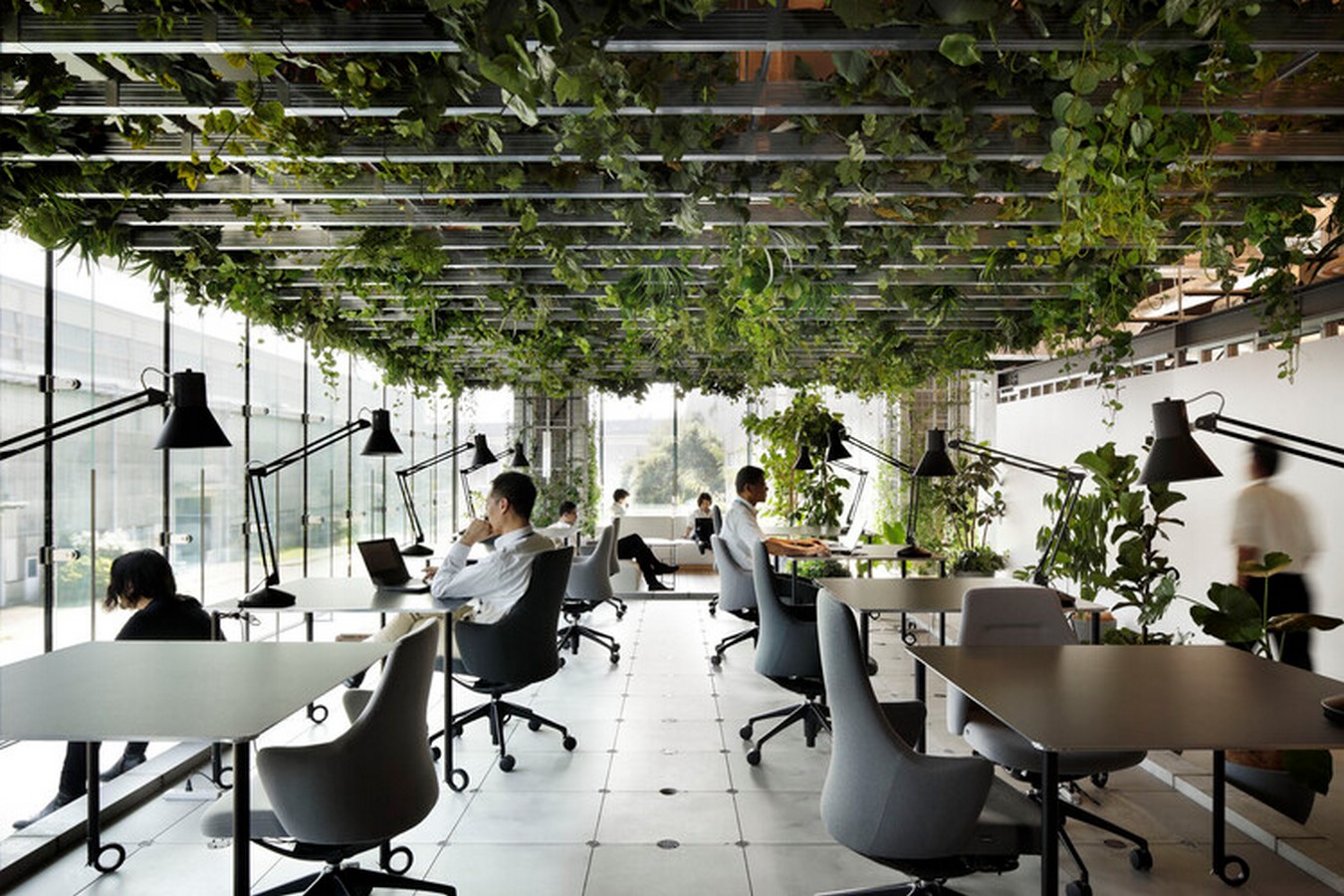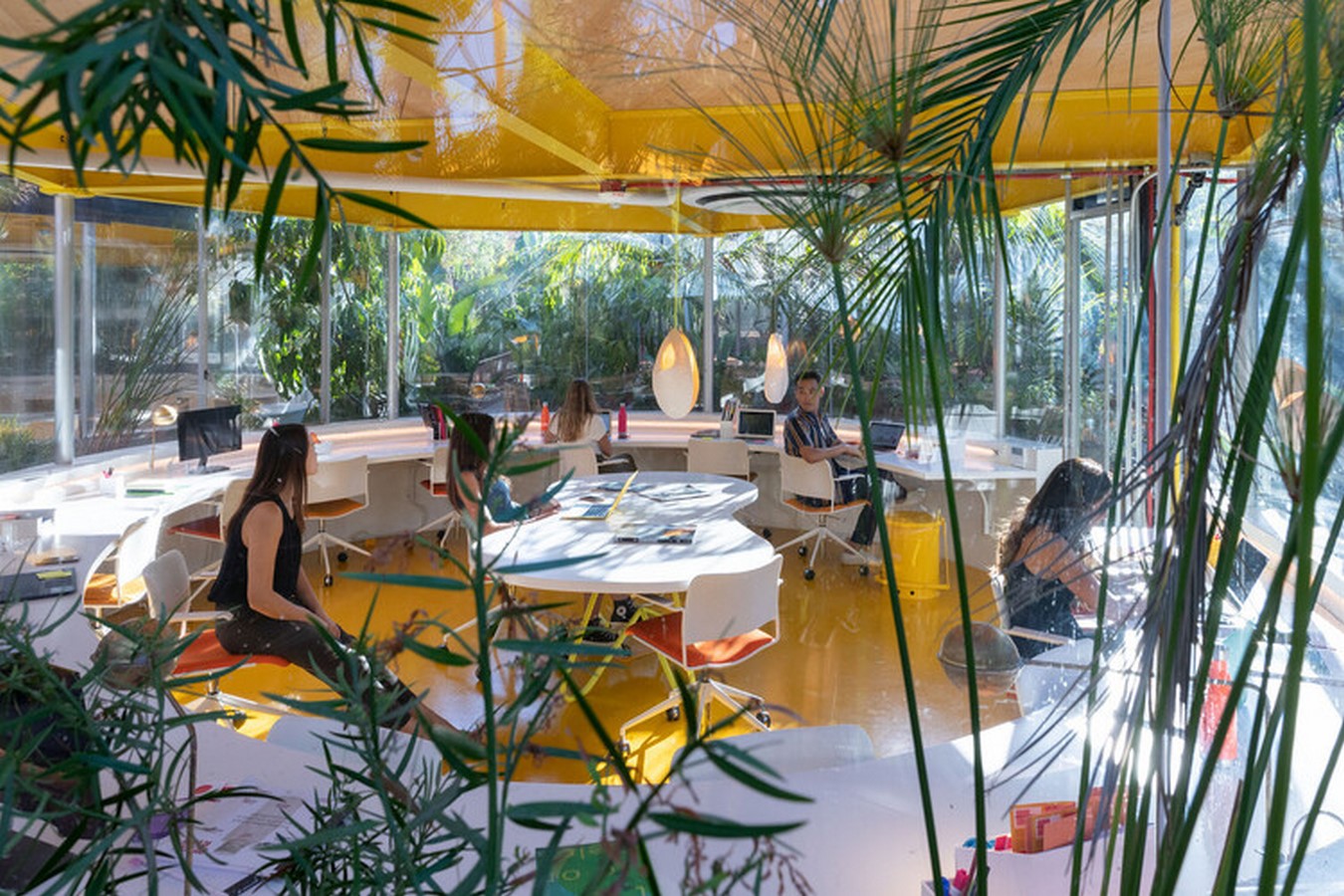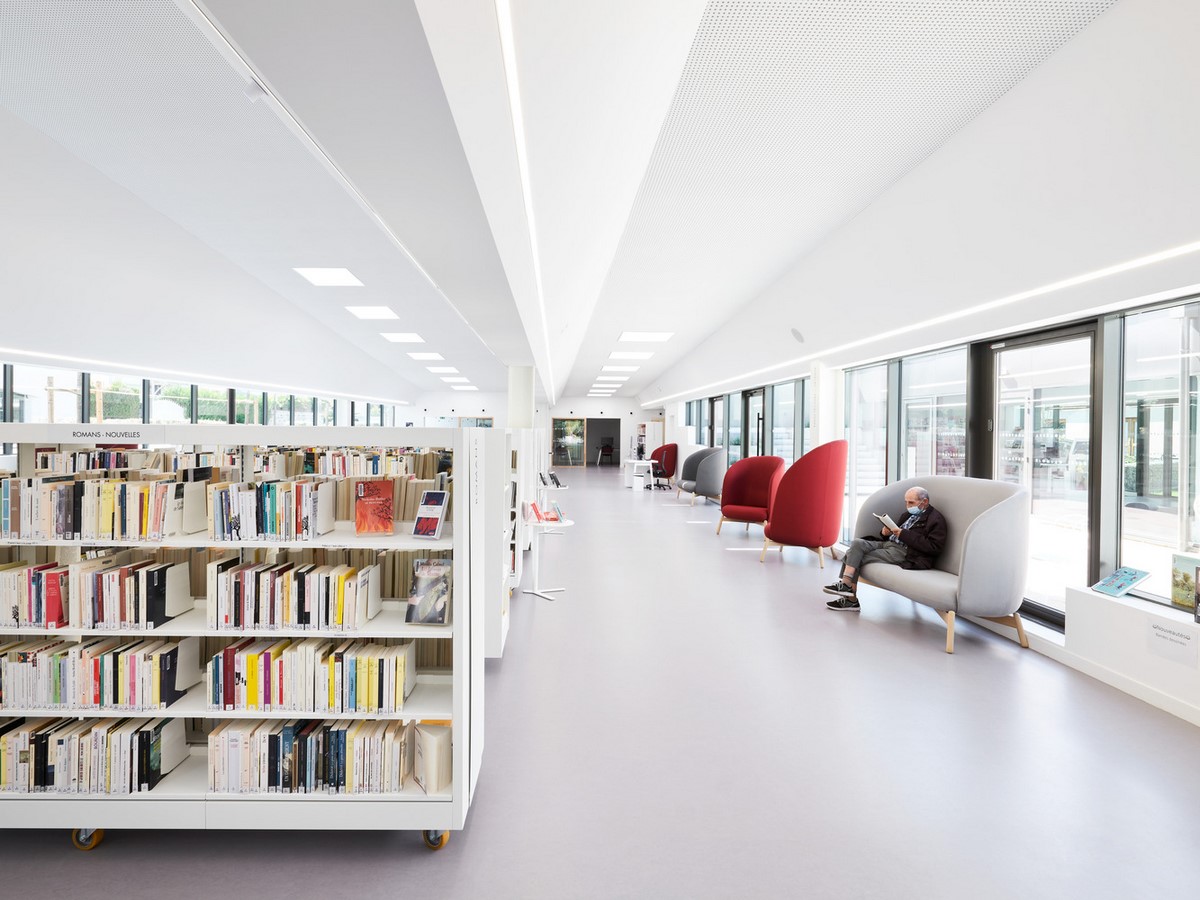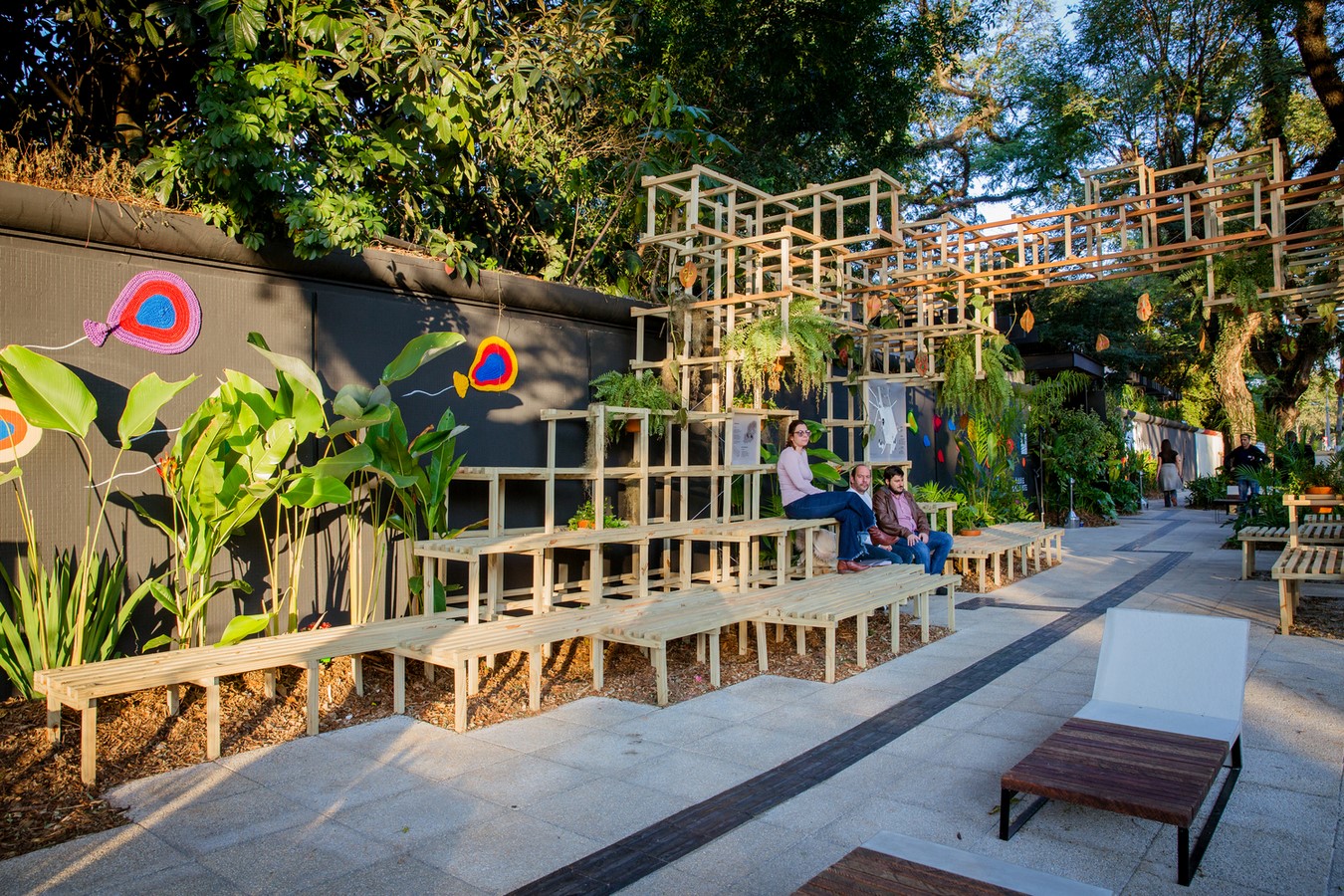Architecture is a visible representation of human civilization. Not only does it fulfil the basic need for shelter, but also is an extension of our culture. It is often argued whether architecture is an art or science or an amalgamation of both. Martha Thorne (the executive director of the Pritzker Prize) in her interview with Thought Economics (MBE, 2012) says that it draws inspiration from psychology, economics, politics, sociology and many more fields to serve a greater purpose. Architecture has the power to shape narratives, stimulate senses, stir a conversation and affect human behaviour. It can fight poverty, facilitate collaboration, honour the past and establish meaningful connections. Such is the profound impact of architecture that almost 50% of the world’s population stays in the built environment (TEDx Talks, 2015).
Architecture has also seen limitless possibilities with the advent of virtual environments like the Metaverse. Cutting-edge innovations are being proposed every day by the key players in this market. At such a stage of impactful evolution, it becomes interesting to ponder upon the human lifestyle without any architecture. Without a doubt, human civilization would pause in the primitive era. It is, however, interesting to think about the social, psychological and economic consequences in a world devoid of constructed spaces.



A World Without Libraries, Museums, Cinemas and Everything in Between
There would certainly be less carbon footprint in the atmosphere and man might seek shelter in nature but these advantages are offset by the fact that there would be stunted or rather no development. Imagine if there is no place to unwind your thoughts, no place to conduct professional activities, no place to carry out everyday rituals. There would be an inexplicable monotony lingering around when there is no transition between spaces. Without any libraries to gather information, research labs to drive innovation, cinemas for entertainment and sacred buildings for worship, human life would be a meaningless existence. Architecture has frequently given pro-bono solutions to refugee crises like the Cortex Shelter conceptual design by Cutwork and Aire de Repos by Atelier Craft and ICI. The absence of architecture would bereave the world of such emphatic gestures. The stories of both reminiscent and horrific past events would be faintly instilled in the memories without any physical structure to revisit the nostalgia.



Also, it has played a pivotal role in shaping societies. The scarcity of designated gathering places for humans can hinder the establishment of connections, formation and propagation of ideologies and participation in recreational activities.

Psychological Impact
Be it a majestic skyscraper or an unadorned four-walled hut, architecture has always demonstrated the capabilities of mankind to achieve the impossible. Humans are always in awe of the development they have reached by producing a successful design. A lack of admiration and appreciation for unparalleled abilities will be commonplace in a no-built world. On the contrary, closer proximity to the natural environment can stimulate the senses better, diminishing the chances of mental health-related issues. On perceiving the wide span of horizons and vastness of mountains instead of concrete jungles, the mind will be able to broaden its thinking perspective.

Economic Impact
While exploring the evolution of human existence without architecture, it is important to look at the financial aspect of such a scenario. It is not a hidden fact that the infrastructure industry is one of the most profitable businesses in the world. There is a huge flow of cash across economies providing scope for employment. As a result, when the architectural practice disappears it takes away the skilled and unskilled job market with it. Many developed nations invest in the built-projects in developing or undeveloped geographies thereby establishing a good geopolitical relationship. Needless to say, there would be one less aspect on which healthy trade would be conducted.
The Conclusion
In a thought-provoking short film, SCI-Arc has perfectly portrayed human life without architecture by creating what-if scenarios and letting the viewers imagine a world without beauty, humanity, heights, passion, the divine, vision, and awe. Through quintessential examples like The Eiffel Tower in Paris and The Empire State Building in New York, it highlights the invaluable accomplishments of architectural practice and its influential penetration in our lives. Donald Schmitt in his TED Talk (TEDx Talks, 2015) walks the audience through the architecture’s ability to enhance interaction through a circular spatial layout in a lecture hall, increase participation by opening the lecture complexes to the corridors and appreciate the heritage through restoring the built environment. The talk is a realization that architecture deviates everyday life from banality and alters human behaviour.
Thus, when these intangible qualities are gone with the intentional structures, humans will be left with a blank slate to physically manifest their imagination with equivalent grandeur. This might take the shape of some other art or skill but it would be something as awe-inspiring as the current evolution of architecture encompassing all the genius that the civilization has to offer.
References
Impoff, 2021. Importance of Architecture for Society and in Modern World. [Online]
Available at: https://impoff.com/importance-of-architecture/#Importance_of_Architecture_for_Society
[Accessed 7 October 2022].
MBE, V. S., 2012. The Role of Architecture in Humanity’s Story. [Online]
Available at: https://thoughteconomics.com/the-role-of-architecture-in-humanitys-story/
[Accessed 7 October 2022].
SCI-Arc, 2017. Can you imagine a world without architecture?. [Online]
Available at: https://www.sciarc.edu/news/2017/can-you-imagine-a-world-without-architecture
[Accessed 7 October 2022].
Vangelatos, G., 2019. How Does Architecture Impact Society? A High-Level Look. [Online]
Available at: https://hmcarchitects.com/news/how-does-architecture-impact-society-a-high-level-look-2019-10-18/
[Accessed 7 October 2022].
TEDx Talks. (2015). The Impact of Architecture, TEDxUTSCx. [YouTube video].
Available at: https://youtu.be/HVsCHMj5_Bo [Accessed 7 October 2022].



















